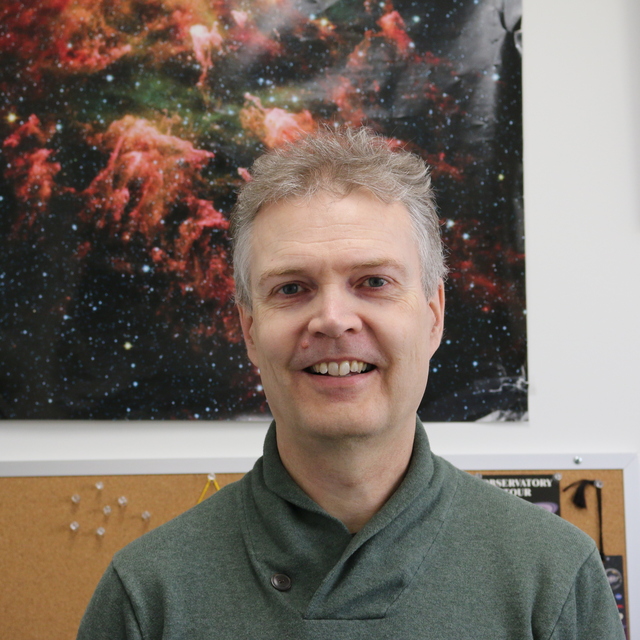February
2006
•
2006AJ....131..701L
Authors
•
Laine, Seppo
•
Kotilainen, Jari K.
•
Reunanen, Juha
•
Ryder, Stuart D.
•
Beck, Rainer
Abstract
•
We compare the arcsecond-scale circumnuclear radio continuum properties of five Seyfert and five starburst galaxies, concentrating on the search for any structures that could imply a spatial or causal connection between the nuclear activity and a circumnuclear starburst ring. No evidence is found in the radio emission for a link between the triggering or feeding of nuclear activity and the properties of circumnuclear star formation. Conversely, there is no clear evidence of nuclear outflows or jets triggering activity in the circumnuclear rings of star formation. Interestingly, the difference in the angle between the apparent orientation of the most elongated radio emission and the orientation of the major axis of the galaxy is on average larger in Seyfert galaxies than in starburst galaxies, and Seyfert galaxies appear to have a larger physical size scale of the circumnuclear radio continuum emission. The concentration, asymmetry, and clumpiness parameters of radio continuum emission in Seyfert galaxies and starbursts are comparable, as are the radial profiles of radio continuum and near-infrared line emission. The circumnuclear star formation and supernova rates do not depend on the level of nuclear activity. The radio emission usually traces the near-infrared Brγ and H2 1-0 S(1) line emission on large spatial scales, but locally their distributions are different, most likely because of the effects of varying local magnetic fields and dust absorption and scattering.
Links




